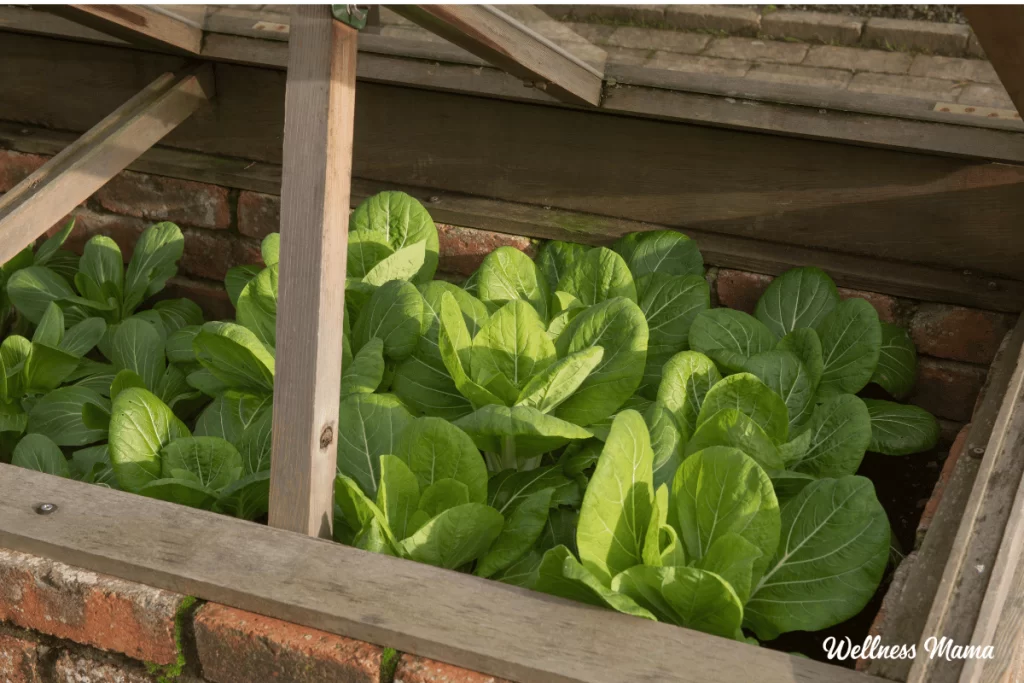Planting a fall garden is a rewarding way to extend your growing season and enjoy fresh vegetables, herbs, and flowers well into the cooler months. With proper planning, you can make the most of the season’s shorter days and milder temperatures. Here’s a step-by-step guide on how to plant a successful fall garden.
1. Plan Your Garden
Planning is key to an abundant fall garden. The following are some key things to consider:
Frost Dates: Find your area’s average first frost date for the year. This gives you an idea of which crops will work in the time you have before frost sets in.
Space and Sunlight: Identify areas of the garden that receive at least 6-8 hours of sunlight a day because most fall crops are happy with full sun.
Preparing the Soil: Remove summer plants, weeds, and debris from your soil. Add compost or organic matter to recharge the nutrients in the soil.
2. Select the Right Crops
The cool-season crops will thrive well in the fall garden. Some popular varieties include:
Leafy Greens: Spinach, kale, arugula, and Swiss chard are great to plant in the fall and are generally sweeter after a light frost.
Root Vegetables: Carrots, radishes, turnips, and beets grow well in cooler soil and can be harvested throughout the fall.
Brassicas: Broccoli, cauliflower, Brussels sprouts, and cabbage are frost-tolerant and thrive in fall weather.
Herbs: Parsley, cilantro, and chives can be planted in the fall for a fresh supply of herbs.
Cover Crops: If you’re not planting vegetables, consider cover crops like clover or rye to improve soil health over the winter.

3. Sow Seeds or Transplants
Depending on Frost Date and Available Time Frame:
Indoor Starting of Seeds: For crops that take longer like broccoli or Brussels sprouts, start indoors 6-8 weeks before transplantation outdoors.
Direct Sowing: Root vegetables like carrots and radishes can be directly placed in the garden bed itself. These vegetables don’t transplant that well.
Use Transplants: To get a head start in the season, buy young plants from a nursery and transplant them into your garden.
4. Optimize Planting Timing
Do the planting at a time that can give the crops ample time to mature before the first frost. Use the “days to maturity” listed on seed packets as a guide. Subtract this number from your first frost date and add a buffer of 7-10 days to account for slower growth in cooler weather.

5. Protect and Nurture Your Garden
To keep your fall garden happy:
Watering: Fall gardens do need regular irrigation, especially during periods of drought. Deep watering promotes healthy root growth.
Mulching: Mulch to keep the soil temperature consistent, retain moisture in the soil, and control weeds.
Frost Protection: Protect the plants from cold snaps with row covers, cloches, or frost blankets.
6. How to Harvest Your Fall Crops
Harvest crops when they mature. Start with leafy greens and fast-growing vegetables like radishes. Some vegetables, such as kale and Brussels sprouts, taste even better after the first light frost.

7. Prepare for Winter
After your fall garden is done, get the beds ready for winter:
Clean Up: Remove spent plants and debris to prevent pests and diseases.
Cover Crops: Planting cover crops can improve soil and prevent erosion over winter.
Composting: Add organic material to your compost pile for use in next year’s garden.

roof garden by Rifat creation
A fall garden offers fresh produce, vibrant colors, and a sense of accomplishment during a season when most other gardens may be slowing down. If properly planned and tended, your fall garden will offer plenty of bounties to carry through and help get the spring planting underway.

























